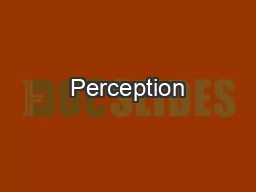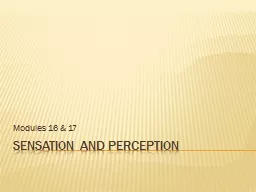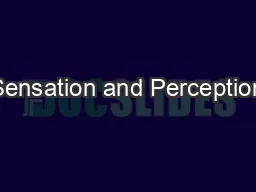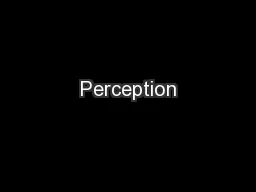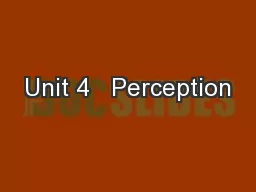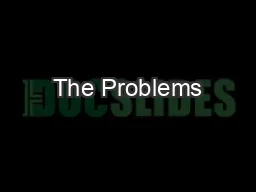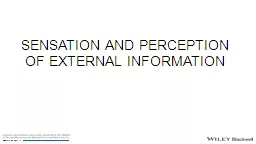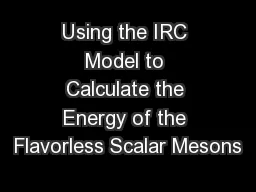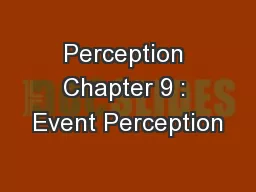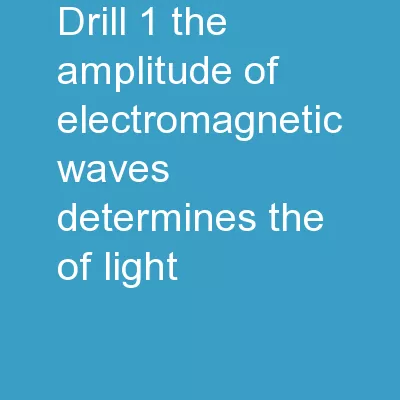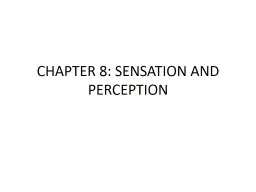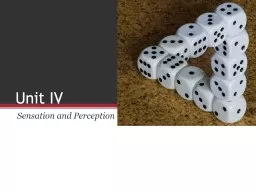PPT-Modeling Visual clutter perception using proto-objects
Author : marina-yarberry | Published Date : 2015-11-09
ChenPing Yu Prof Dimitris Samaras Prof Greg Zelinsky Introduction The goal model human visual clutter perception Visual clutter A confused collection or a crowded
Presentation Embed Code
Download Presentation
Download Presentation The PPT/PDF document "Modeling Visual clutter perception using..." is the property of its rightful owner. Permission is granted to download and print the materials on this website for personal, non-commercial use only, and to display it on your personal computer provided you do not modify the materials and that you retain all copyright notices contained in the materials. By downloading content from our website, you accept the terms of this agreement.
Modeling Visual clutter perception using proto-objects: Transcript
Download Rules Of Document
"Modeling Visual clutter perception using proto-objects"The content belongs to its owner. You may download and print it for personal use, without modification, and keep all copyright notices. By downloading, you agree to these terms.
Related Documents


